Save Da’ Waders (wader repair made easy) 4
It’s mid-September and the morning chill in the air reminds you that fall is actually here. For those who have enjoyed the hot Summer months, fishing your favorite river or stream wearing nothing but shorts, times-are-a-changing…..
The cooler morning air has most of us reaching for our waders. Something about staying dry in the morning, or for that matter the whole day, tends to make the whole experience a bit more enjoyable.
So here’s the deal. You are getting ready to finally get back on the river in a few days. You are gathering your gear and taking inventory. As you hold your old waders in your hand, you suddenly remember that towards the end of last winter, they leaked.
I had mentioned that staying dry was the point of wearing waders and now you are thinking, this is going to suck. “I need new waders, but my daughter also needs braces”.
Then you begin to rationalize it in your head. “Her teeth really aren’t that bad, she’ll be fine for another year”. Now reality hits, there is no way in hell you will ever convince the wife, so just stop right now if you value your marriage at all.
Before you get all balled-up thinking you’ll need to spend another season in leaky waders, I have something that may just make your day, or for that matter even your year. “Plasti Dip”. Never heard of it? Or perhaps you have. Either way you will see that this is so easy, it’s borderline stupid.
Ever since I found that they put Plasti-Dip in an aerosol can, I had to give it a try. I first used it about 8 years ago. I stood there in the hardware store thinking to myself, “spray-on rubber in a can, how could this not work”?
Well, not only did it work, but it worked great.
Fixing a leak with most other items or kits offered by manufactures, never seem to do a very good job. I always seemed to have patches that would peel lose, or just flat out continue to leak no matter what I did.
Any and all wader repairs start with one thing, finding the leak. This is made simple by using a trick my Dad taught me when I was young. “Light”, use a flashlight or what I prefer, a drop-light.
By using a drop-light, I can slowly lower it down into my waders, each leg if I need and look for it to shine through the small hole or tear I perhaps cannot find. You may need to do this in a room with minimal light to actually see the light shining through a pin hole.
Once I have located the hole, I like to mark it with a pen so I know exactly where it is.
Seams are notorious for leaking and you will see how well Plasti-Dip works in these tough-to-patch areas.
The seam tape area on the neoprene foot is also another common area that may develop leaks. Spraying Plasti-Dip along the seam tape will patch the seam. Sometimes the tape will actually peel off as the Plasti-Dip begins to dry. I simply remove the seam tape and then continue to apply more spray-on Plasti-Dip were the seam tape was.
For small holes or tears I sometimes will just spray the immediate area and not worry about how it looks.
More times than not I will take the time to tape the area off around the leak so as to do a nice clean job.
I will usually apply 3 to 5 coats of spray, allowing dry time between each coat. Once the Plasti-Dip is dry, I’ll peel the tape and presto, instant patch.
Plasti-Dip works so well because it’s pliable, flexible, and will adhere to any surface. It works on both neoprene and breathable waders.
Pick yourself up a can and give it a try, your marriage will remain strong and your daughters smile will be worth your efforts.
Duane Inglin
The Outdoor Line
710 ESPN Seattle
www.theoutdoorline.com
Owner/Operator-Strong Arm Guide Service


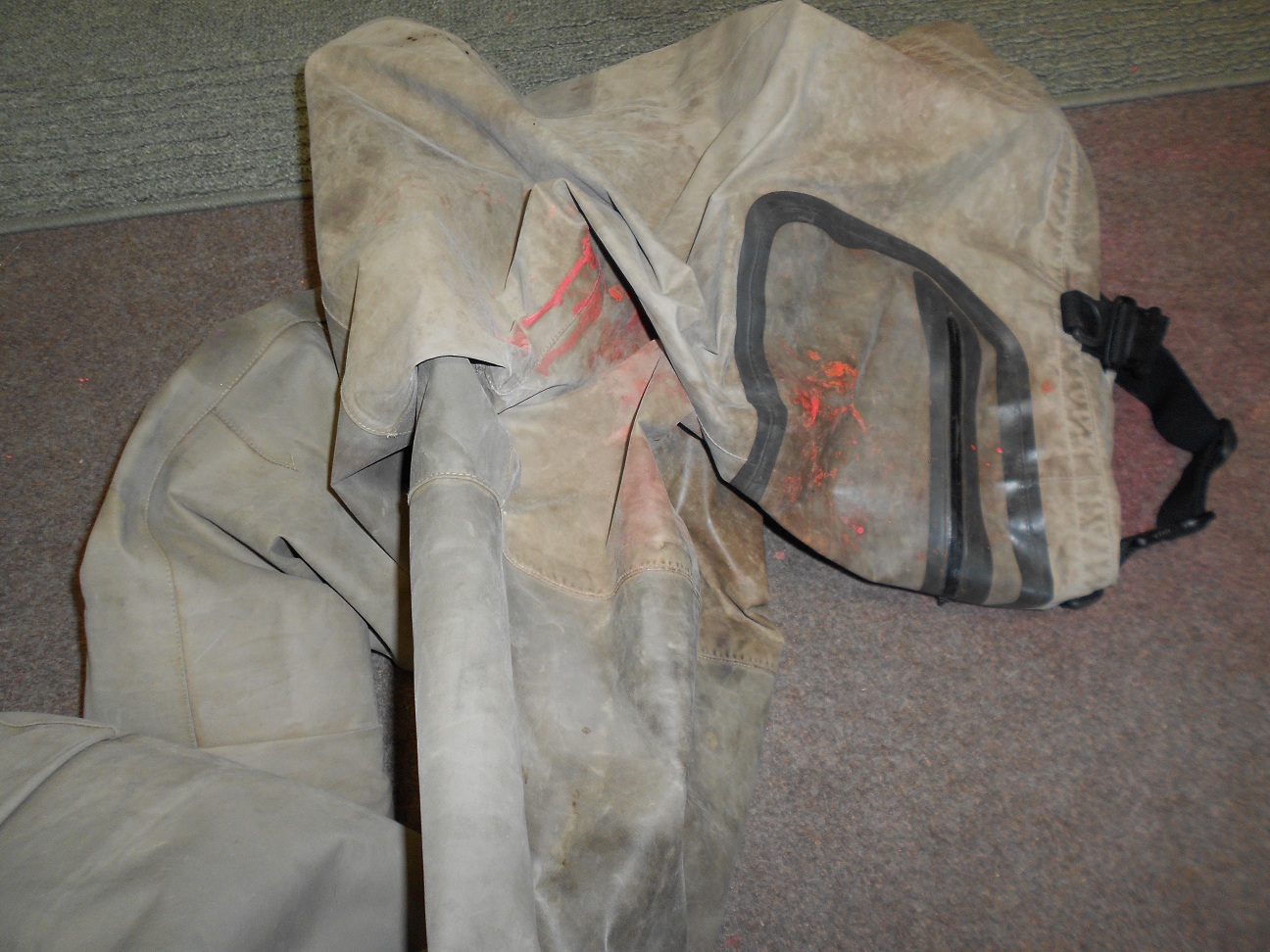
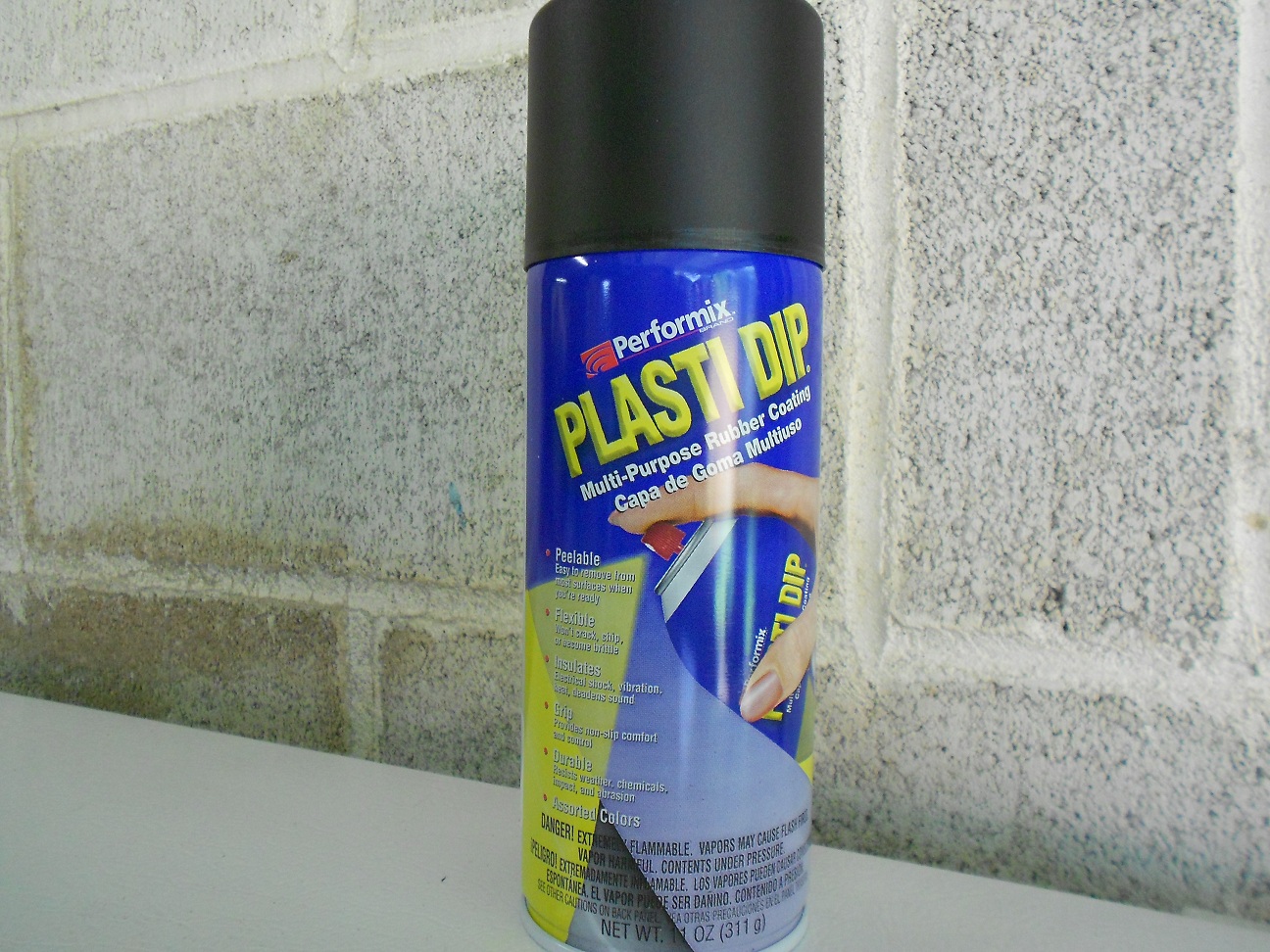
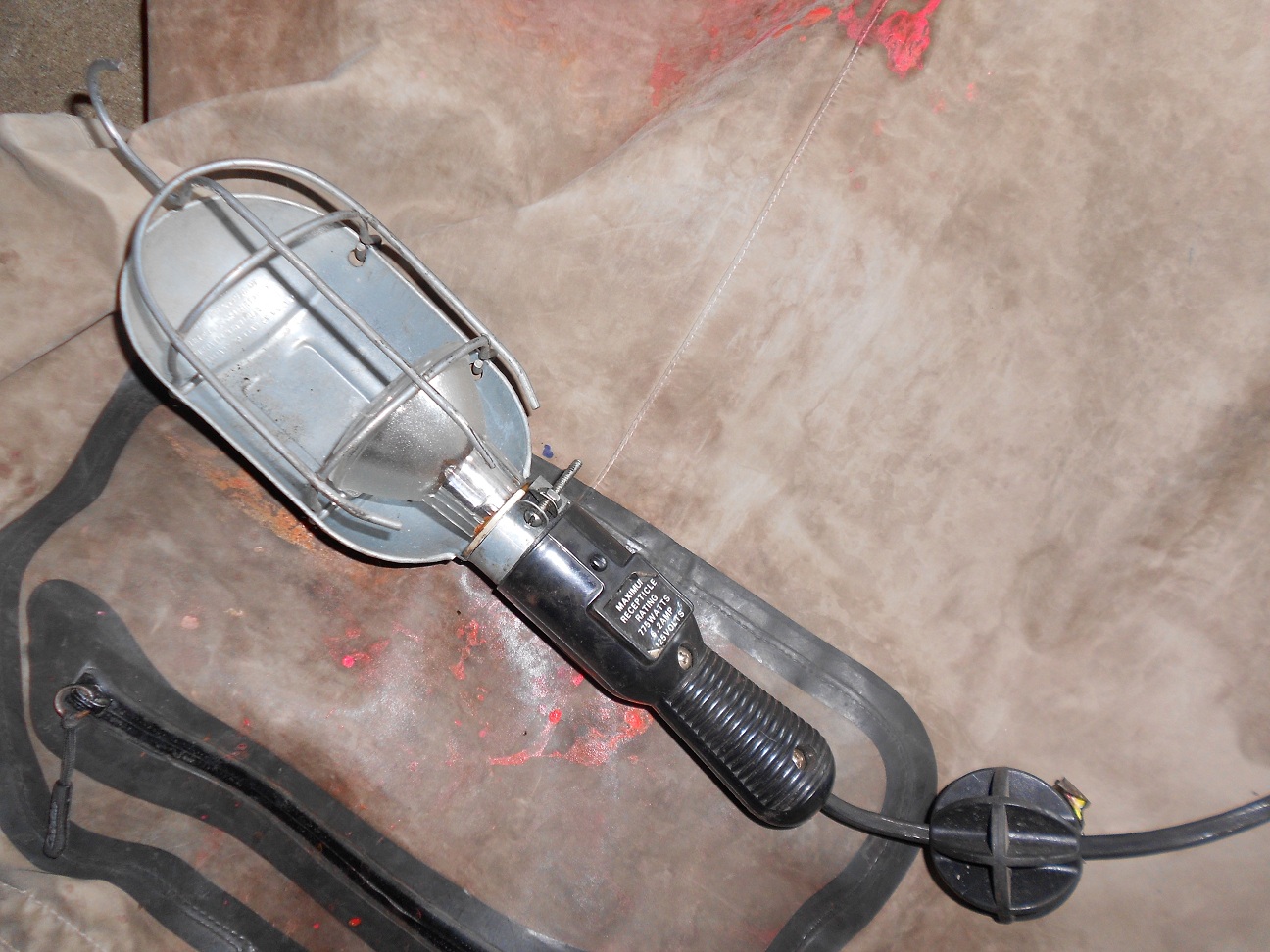
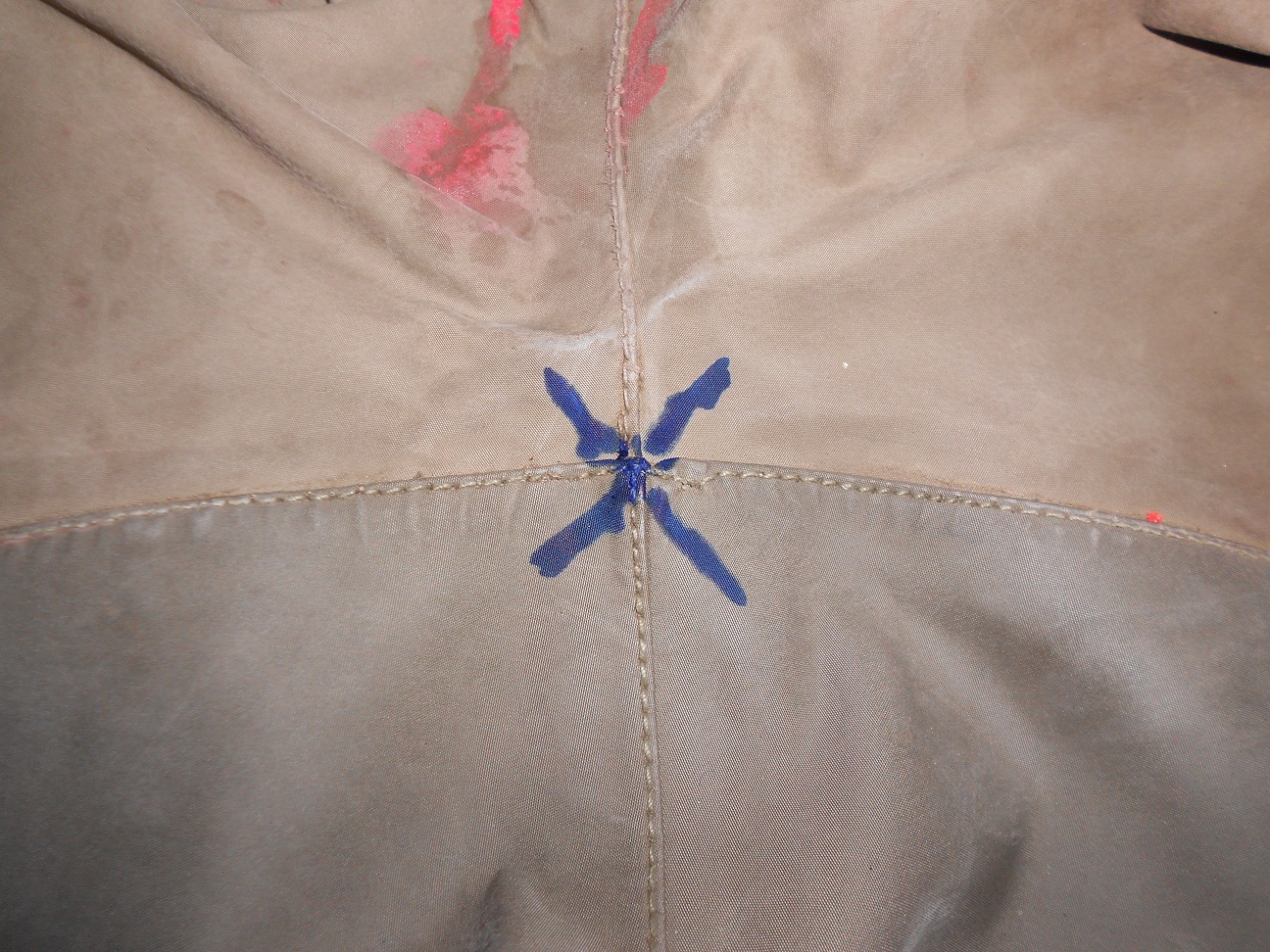
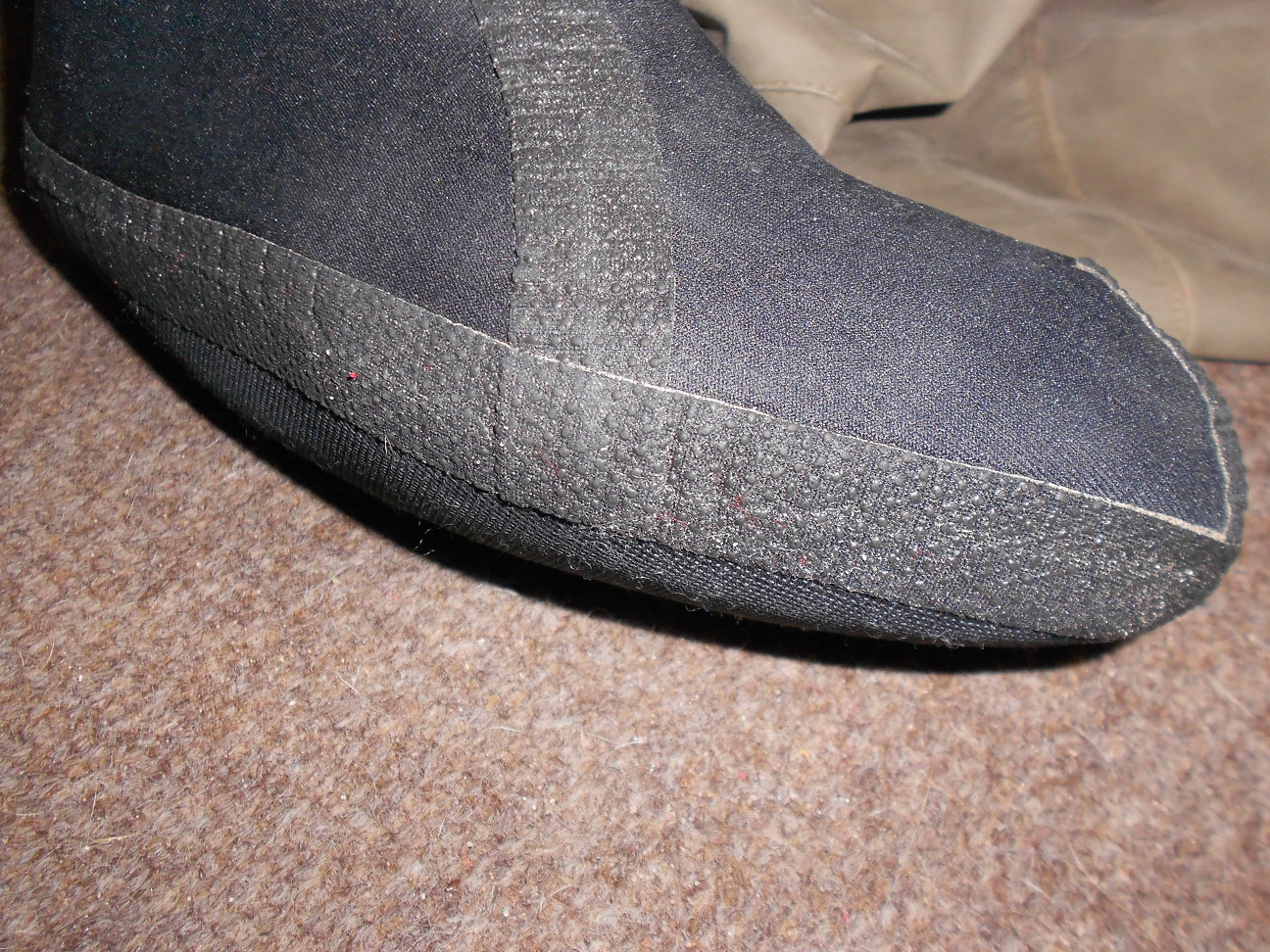
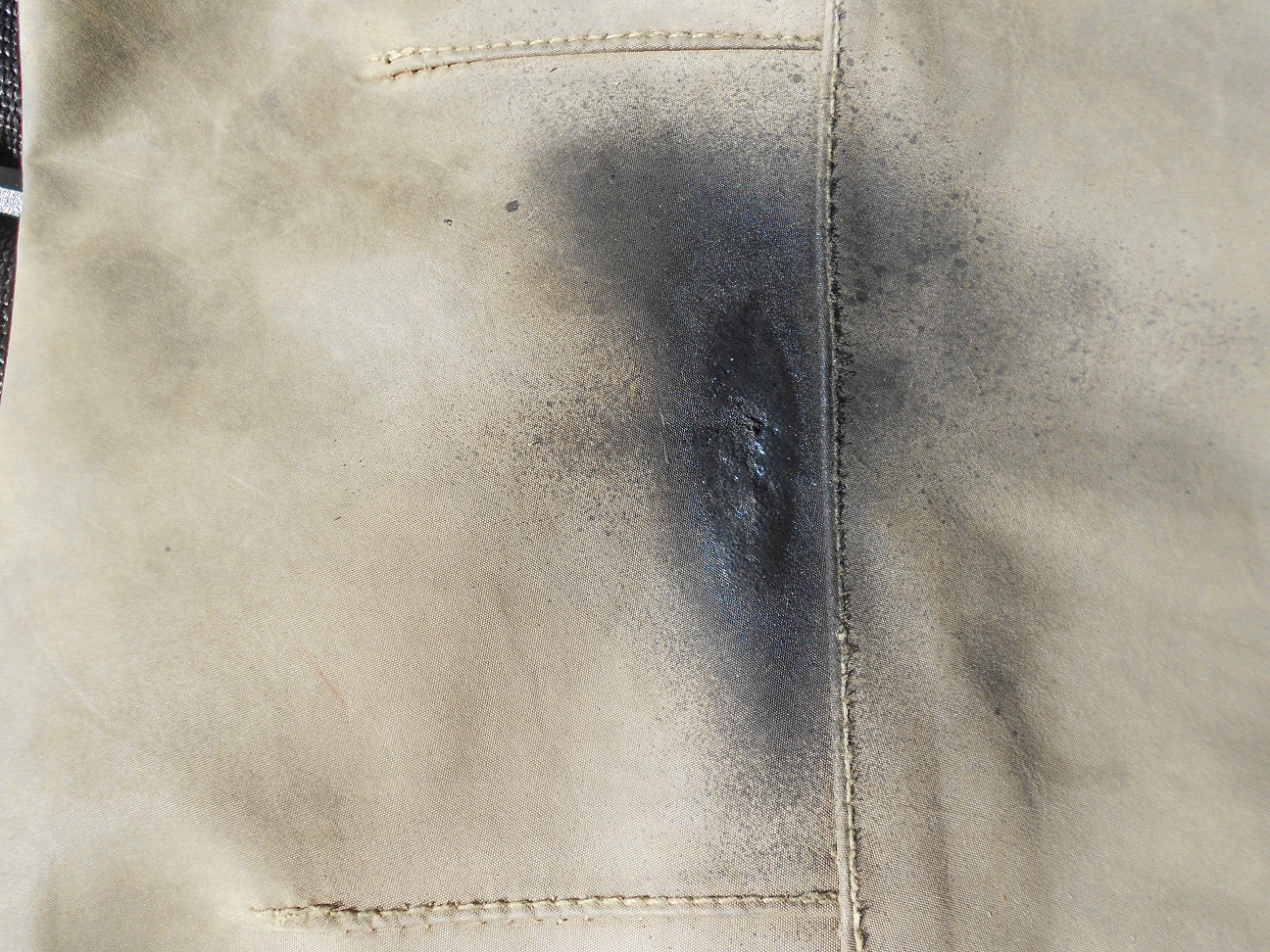
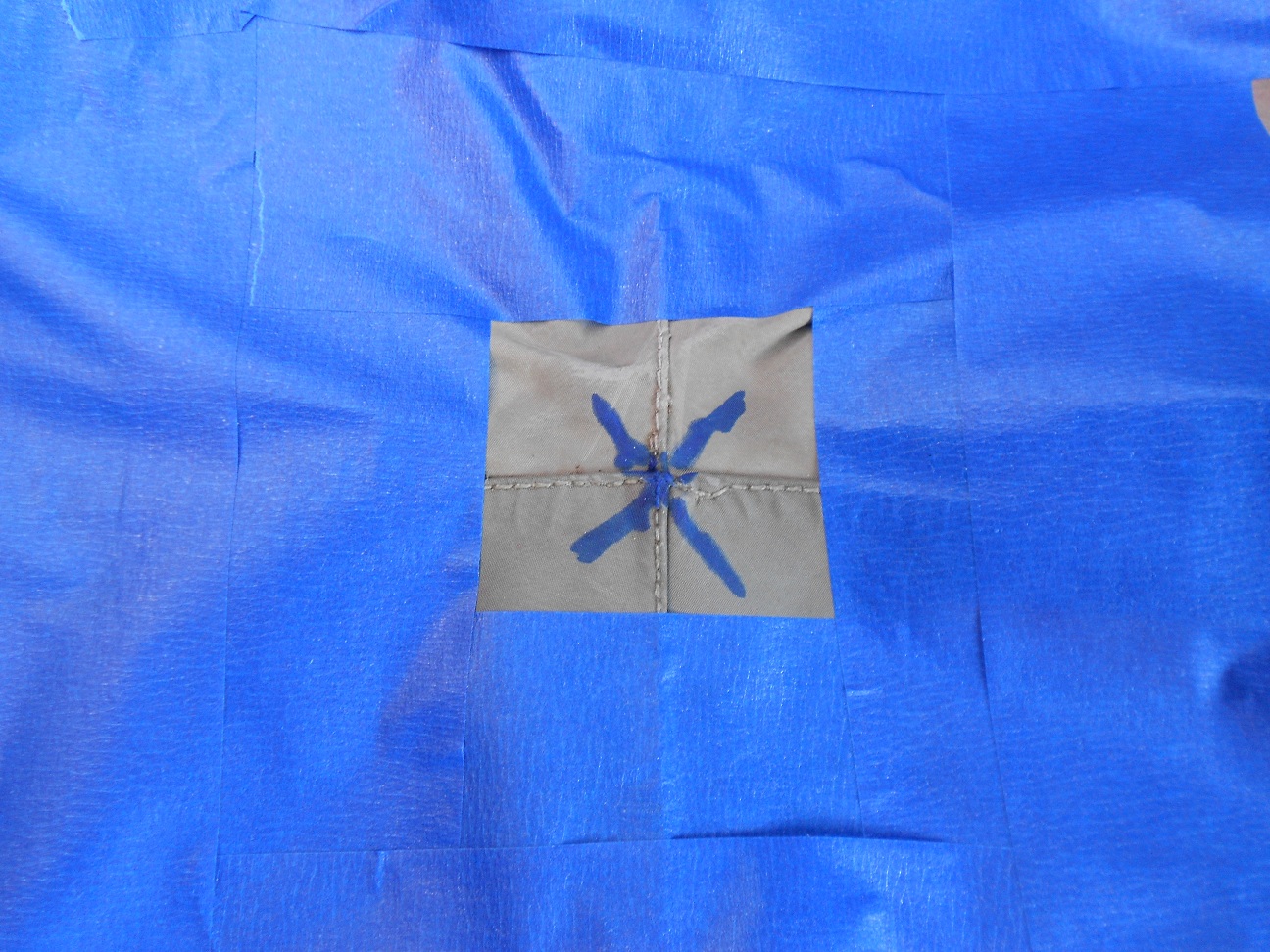
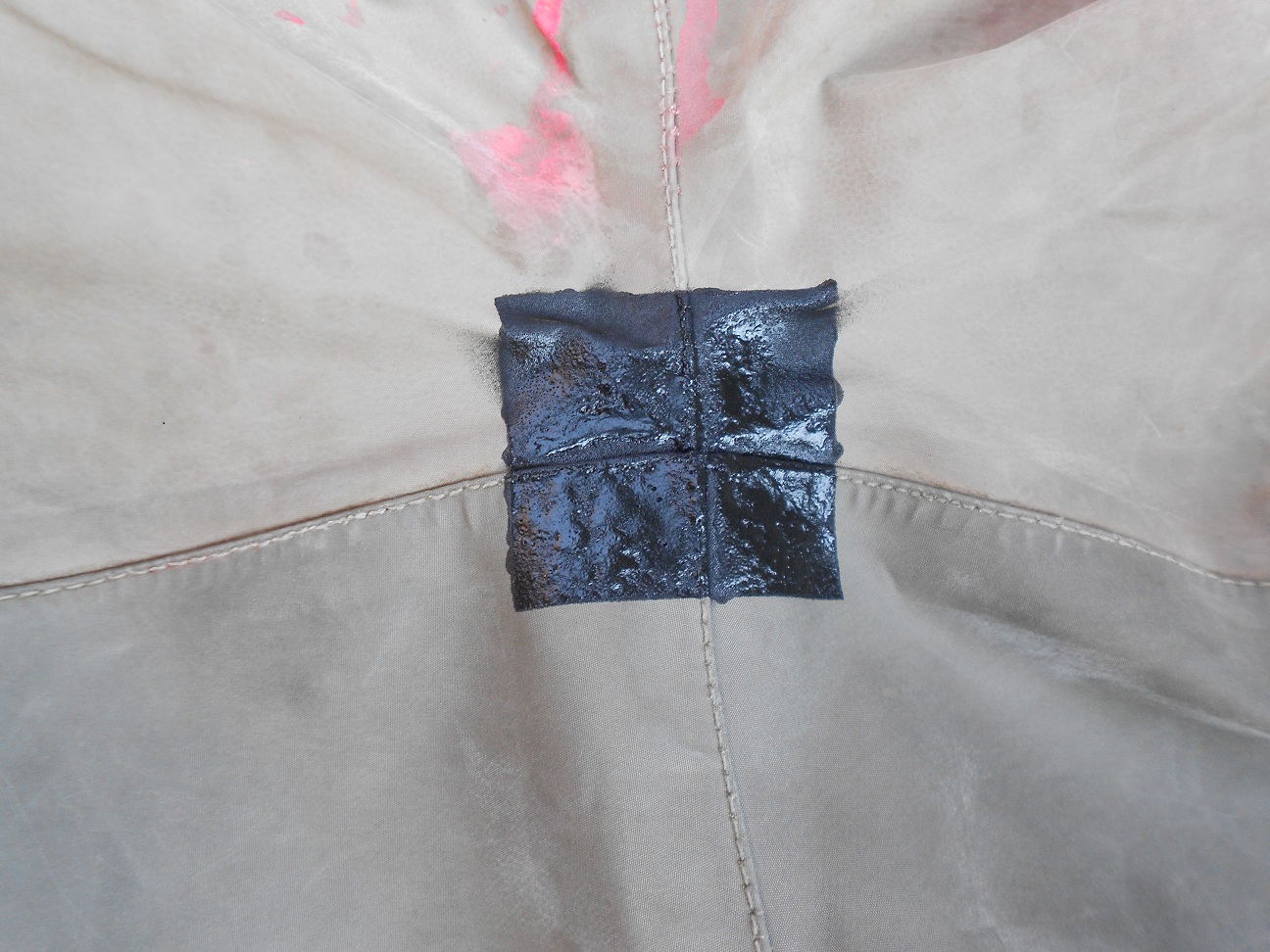
Like the idea.. Would Flexseal work about the same? I have a can of that and I have some waders with small cracks/leaks.
Doesn't matter what brand of waders you buy anymore...You used to get just about lifetime warrenty. Now its 90 days to one year...they all will leak..A use a small hi powered flashlight does. the same as a hot drop light and easier to handle..I have used silicone caulk for years but don't use clear because it still lets the light thru...just spread it on with you fingers on the inside...it gets hard to tell whats patched and whats not...stitched seams are the worst but at least you can see where the leaks are.. if they cover them up you cant see the hole... I use mine 100 times a year,, but now I have to patch them about 2-3 times a year... gotta break down and retire my 12 year old waders and buy another pair but I got my use out of them
never thought about finding holes with a lamp it works. A good tip for you. Instead of trying with all the useless material ( like aquaseal or waterqeen or your plasti dip which all costs a lot of money).Just try liquid rubber repair glue. Very easy to work with costs half the price you can cover large areas and it is completely waterproof. The mark is BISON rubber repair My regard Luciano
I've never seen that trick before Duane. Definitely gonna try it on some of my old waders...right on man!